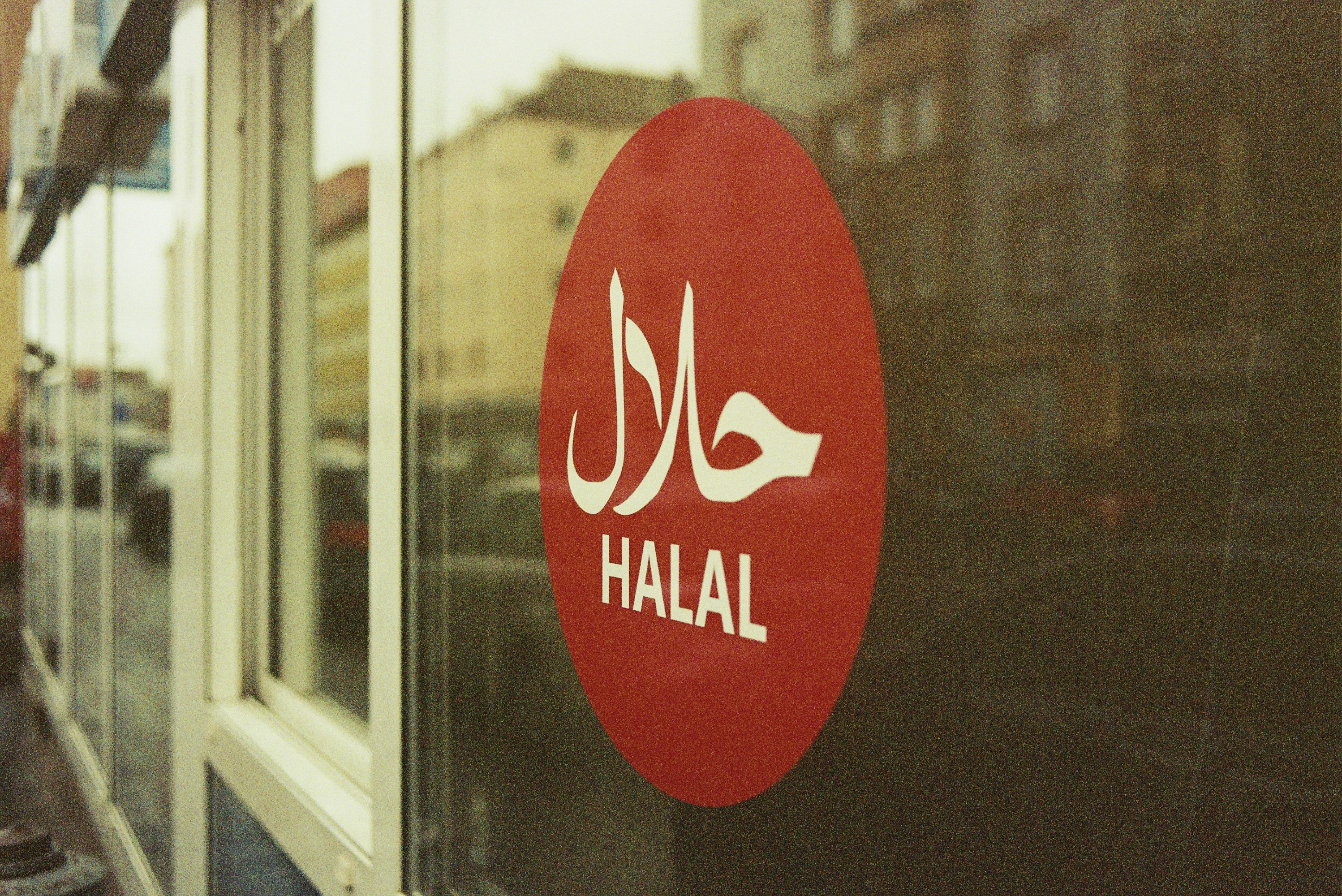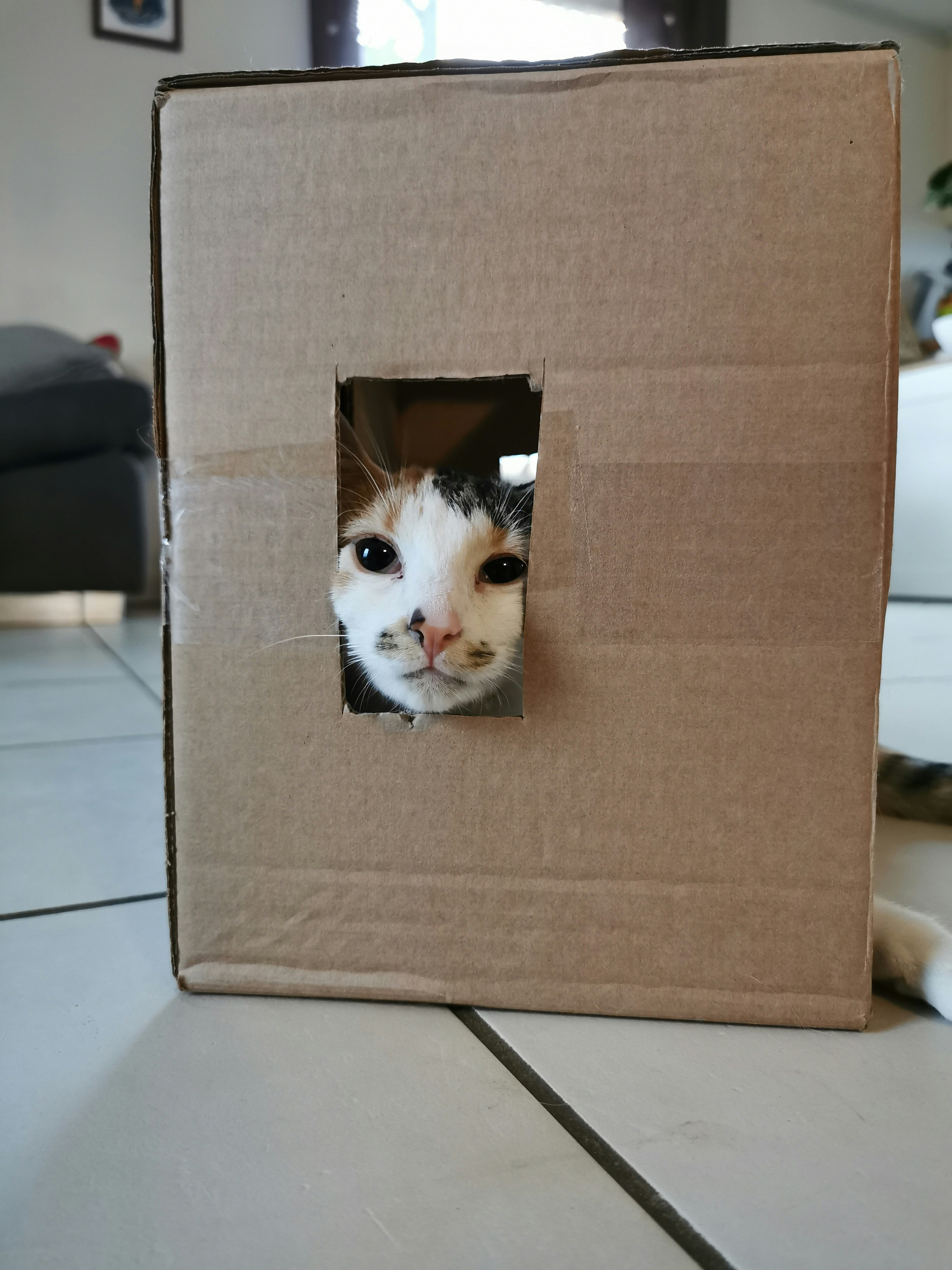The Rise of Pet Ownership in Indonesia
In recent years, Indonesia has witnessed a significant surge in pet ownership, transforming the nation into a vibrant pet culture. This trend can be attributed to several societal changes, including evolving attitudes toward pets, increased disposable incomes, and the pervasive influence of social media. As pets transitioned from being mere animals to beloved family members, Indonesian households began to embrace the companionship and emotional support that pets provide.
One of the most notable aspects of this rise in pet ownership is the increasing number of households adopting dogs and cats. According to recent statistics, the pet population in Indonesia has expanded substantially, with dog ownership alone experiencing a growth rate of over 30% in the past five years. This increase in pet ownership has prompted a corresponding demand for pet products, particularly pet food, signaling the potential for a flourishing industry.
The growing middle class in Indonesia has played a pivotal role in this transformation. With rising disposable incomes, many families are now able to afford high-quality pet products, contributing to a shift in consumer behavior regarding pet care. The desire for premium pet food options is on the rise, and local brands are quickly adapting to cater to this new market. Social media platforms have further amplified this trend, fostering a community of pet owners who share experiences, tips, and recommendations, which in turn influences purchasing decisions related to pet care.
Moreover, the cultural significance of pets in Indonesian households cannot be overlooked. Pets are increasingly viewed not just as companions, but as integral members of the family. This shift in perception has catalyzed growth in various sectors of the pet industry, including grooming, training, and, notably, pet food. As more Indonesians embrace this pet-centric lifestyle, it is evident that the boom in pet ownership is shaping a new landscape for the pet food industry, resulting in exciting opportunities for local entrepreneurs.
The Pet Food Market Landscape: Opportunities and Challenges
The pet food market in Indonesia has experienced remarkable growth in recent years, with market share doubling within just three years. This surge is driven by the increasing pet ownership rates, changing consumer preferences, and a growing awareness of proper pet nutrition. As pet owners become more discerning, the demand for high-quality, nutritious pet products is on the rise, presenting a myriad of opportunities for both established brands and emerging local entrepreneurs.
Established players in the Indonesian pet food market include well-known international brands that dominate the shelves with a wide range of products. These brands have built strong consumer trust through their established reputations and continuous product innovations. However, the landscape is also seeing the emergence of local entrepreneurs who are striving to carve out a niche in this competitive field. These new entrants are often focusing on unique formulations, organic ingredients, and specialty diets that cater to the specific needs of pets, which are increasingly appealing to health-conscious consumers.
Despite the positive outlook, challenges persist for new market entrants. Competition is fierce, often making it difficult for small brands to establish a significant foothold. Furthermore, maintaining quality control is critical, especially as consumers place greater emphasis on the nutritional value and ingredients used in pet food. Building consumer trust can be a lengthy process for new brands, as they work to convince pet owners of the quality of their offerings compared to established competitors.
Nevertheless, opportunities abound in niche markets, such as organic or specialty pet foods, which can allow entrepreneurs to differentiate themselves. Strategies such as leveraging social media for brand engagement, collaborating with veterinarians and pet influencers, and focusing on sustainability can further enhance brand visibility and consumer loyalty. By navigating the challenges and embracing the potential within this evolving landscape, indonesian pet food entrepreneurs can effectively contribute to the growth of the market.
OEM Factories: The Backbone of Pet Food Entrepreneurship
In the burgeoning landscape of the Indonesian pet food industry, Original Equipment Manufacturers (OEM) play a critical role in supporting new brands as they navigate the complexities of market entry and growth. Acting as the backbone of pet food entrepreneurship, these factories enable emerging brands to leverage established production capabilities while minimizing upfront investments. By collaborating with OEMs, startups can access state-of-the-art manufacturing processes that would otherwise be economically unfeasible for them to develop independently.
One significant advantage of partnering with OEMs is cost efficiency. Startups can benefit from the economies of scale that OEMs achieve through their existing infrastructure and supplier relationships. This not only reduces production costs but also facilitates faster time-to-market for new pet food products. Additionally, OEMs often bring a wealth of expertise in sourcing high-quality ingredients and adhering to regulatory standards, which is invaluable for brands seeking to establish their credibility within the competitive pet food sector.
As the market dynamics continue to evolve, OEMs face several challenges, including the need to adapt their services to meet the specific demands of emerging pet food brands. In response, innovative OEMs are exploring ways to enhance their offerings, such as developing customized formulations and improving quality control processes. By investing in technology and maintaining flexibility in production capabilities, OEMs can foster a collaborative approach that not only aids startups but also strengthens their own position in the market.
Moreover, OEMs that focus on building strong partnerships with brands can create mutually beneficial relationships, evolving into ‘profit partners’ that contribute to sustainable growth in the pet food industry. Ultimately, the strategic collaboration between OEMs and emerging brands is pivotal for driving success and innovation in Indonesia’s vibrant pet food marketplace.
Future Trends: Preparing for the Next Wave of Growth in Pet Food
The Indonesian pet food market is poised for significant growth, supported by evolving consumer demands and technological advancements. As pet ownership increases, the expectations of pet owners have transformed, creating opportunities for entrepreneurs and Original Equipment Manufacturers (OEMs) to innovate and expand their offerings. A notable trend is the rising preference for sustainable and healthy pet food options. Consumers are increasingly seeking products with natural ingredients, free from harmful additives, highlighting the necessity for brands to prioritize quality and transparency in their formulations.
In addition, the integration of technology into production processes is anticipated to revolutionize the pet food industry. Automated manufacturing and data analytics will enhance efficiency and product consistency. Similarly, advances in supply chain logistics and distribution methods will facilitate quicker delivery times and improved product availability. E-commerce is expected to play a pivotal role in this transformation, as more consumers transition to online shopping. Pet food brands that establish a robust online presence will likely capture a larger market share. As a result, a seamless integration of e-commerce capabilities will be essential for companies aiming to remain competitive.
Moreover, continuous research and development are critical for those looking to stay ahead in the market. Companies must invest in understanding emerging trends and consumer preferences to drive product innovation. By harnessing consumer insights, entrepreneurs can develop tailored products that meet the unique needs of pet owners, ensuring sustained growth within the sector. To capitalize on these trends, both entrepreneurs and OEMs should prioritize agility in their business strategies, demonstrating adaptability to changing market dynamics. This proactive approach will enable them to leverage forthcoming opportunities, fostering sustained expansion in Indonesia’s burgeoning pet food industry.




